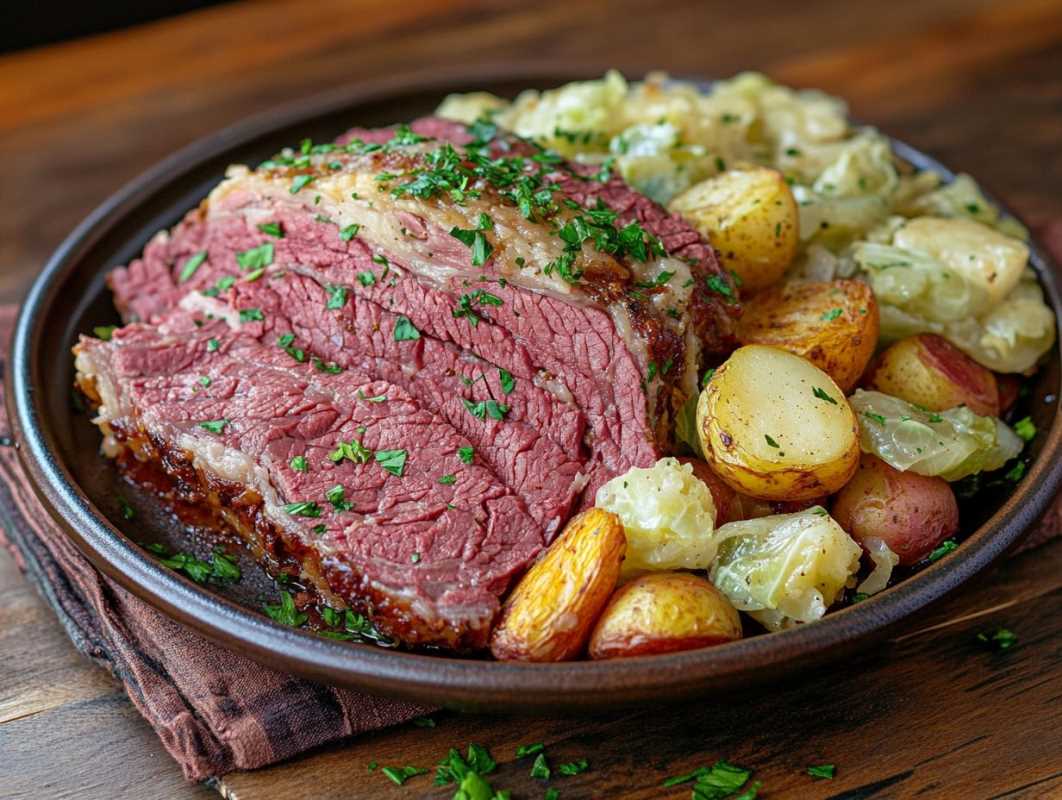Indian cuisine is a symphony of bold flavors, vibrant colors, and centuries of tradition. At the heart of its magic are spices, or "masalas," which transform simple ingredients into unforgettable dishes. India’s relationship with spices isn’t just limited to its food; it’s deeply intertwined with its history, culture, and even its global influence. Add to that the legendary curries that can range from fiery and bold to creamy and mild, and you’ve got a culinary legacy like no other.
Curious about what makes Indian cuisine so unique? This guide will take you on a flavorful tour of India’s most iconic spices and curries, complete with a peek into their history and cultural significance. Whether you're a seasoned cook or a kitchen novice, this guide will inspire you to explore the irresistible world of Indian cooking.
The History of Indian Spices
Long before the global spice trade, India was already known as the "Land of Spices." With a climate that’s perfect for cultivating everything from black pepper to cardamom, it’s no wonder Indian spices have been prized for thousands of years. By 1500 BCE, early Indian texts were already referencing black pepper and turmeric.
Since then, India’s spices have traveled the world, influencing cuisines from Europe to Southeast Asia. The Portuguese first arrived in India in search of black pepper, and soon after, colonial powers like the British and Dutch built vast trading empires fueled by the global demand for Indian spices.
Today, the legacy of these spices continues in Indian kitchens and recipes around the world. Indian spices aren’t just about adding flavor; they often carry medicinal benefits and are used in Ayurvedic practices as well, making them a staple of both wellness and gastronomy.
Key Indian Spices and Their Uses
Indian cooking is all about balance and contrast, which is where its arsenal of spices comes in. Knowing these key spices will unlock a world of flavors for your curries, marinades, and stews.
1. Turmeric (Haldi)
Turmeric is the golden backbone of many Indian curries. With its warm, earthy flavor and vibrant yellow hue, it’s a visual and aromatic staple in Indian cuisine. Beyond flavoring dishes, turmeric is also famous for its health benefits. Rich in curcumin, it boasts anti-inflammatory and antioxidant properties.
How it’s used:
Turmeric is often used in spice blends, such as garam masala, or sprinkled directly into curries, rice dishes, and soups. It’s also a key ingredient in the popular wellness drink "golden milk."
2. Cumin (Jeera)
Cumin has a nutty, slightly peppery flavor that adds a smoky depth to dishes. It’s often dry-toasted or sizzled in oil to release its aromatics before being combined with other spices. Cumin seeds and ground cumin are both widely used across Indian cooking.
How it’s used:
You'll find cumin in everything from lentil stews like dal tadka to kebab marinades. It’s also a star in spice blends like chaat masala, enhancing the tangy, savory punch of street foods.
3. Coriander (Dhaniya)
Coriander is a gentle, citrusy spice that balances bold flavors in Indian cooking. Both its seeds and leaves are used, with the seeds lending warmth to curries and the leaves providing a fresh garnish.
How it’s used:
Coriander seeds are ground for spice blends like curry powder, while fresh coriander leaves (cilantro) are added as a final flourish for dishes like biryanis or curries.
4. Cardamom (Elaichi)
This aromatic spice comes in two main varieties: green and black. Green cardamom is sweet and floral, often used in desserts and chai, while black cardamom is smoky and savory, making it perfect for curries.
How it’s used:
Add whole green cardamom pods to chai tea or use ground cardamom to flavor creamy desserts like kulfi. Black cardamom shines in slow-cooked curries like a rich lamb rogan josh.
5. Garam Masala
Technically not a single spice, garam masala is a blend of ground spices that often includes cinnamon, cloves, cardamom, cumin, and nutmeg. It’s used as a finishing touch to amplify the aroma and depth of a dish.
How it’s used:
Stir garam masala into your curry just before serving, or sprinkle it over roasted vegetables for an Indian twist.
Exploring Indian Curries
The word "curry" often conjures images of a rich, spiced gravy, but Indian curries are incredibly diverse. They’re influenced by India’s vast geography, varied climates, and local traditions, resulting in regional specialties that cater to every palate.
North India
The colder climate of northern India brings creamy, hearty curries. Dairy, like ghee, cream, and yogurt, is commonly used, along with dried fruits and nuts for richness.
Notable Dish: Butter Chicken (Murgh Makhani)
This world-famous dish combines tender chicken pieces with a tomato-based gravy enriched with butter and cream. Its mildly spiced, silky sauce is perfect for scooping up with naan bread.
South India
South Indian curries are known for their bold use of coconut, curry leaves, mustard seeds, and dried red chilies. The result? Fragrant, tangy, and often quite spicy dishes.
Notable Dish: Fish Curry (Meen Kulambu)
A staple along coastal regions, this curry features fresh fish simmered in a tamarind-based gravy with a touch of coconut milk.
West India
Western India, like Goa and Maharashtra, often showcases seafood and tangy flavors from kokum or vinegar.
Notable Dish: Vindaloo
Originally inspired by Portuguese cuisine, vindaloo is a fiery curry often made with pork, vinegar, potatoes, and a blend of bold spices.
East India
Eastern curries, particularly in Bengal, feature mustard seeds, poppy seeds, and mustard oil for depth and heat.
Notable Dish: Chingri Malai Curry
This luxurious prawn curry is flavored with coconut milk and subtle spices, resulting in a dish that’s creamy yet light.
Popular Vegan and Vegetarian Curries
Indian cuisine has a treasure trove of plant-based dishes that don’t compromise on flavor. Perfect for vegetarians and vegans, these dishes highlight the incredible versatility of lentils, chickpeas, and vegetables.
- Chana Masal: Chickpeas are simmered in a spiced tomato-based gravy, resulting in a dish that’s hearty, protein-packed, and best enjoyed with rice or flatbread.
- Palak Paneer: A creamy spinach curry studded with chunks of paneer cheese, palak paneer is comforting, mildly spiced, and a great way to sneak in some greens.
- Dal Makhani: This luxurious lentil dish combines black lentils and kidney beans with butter, cream, and a medley of spices for a velvety, satisfying curry.
Tips for Cooking Indian Curries at Home
- Toast Your Spices: To release their essential oils and maximize flavor, toast whole spices like cumin or coriander seeds before adding them to your curry.
- Layer Your Flavors: Indian cooking is all about building flavor. Start by frying your aromatics (like onions, garlic, and ginger), then gradually add spices, followed by your main ingredients.
- Invest in Fresh Ingredients: High-quality, fresh spices and ingredients will make all the difference. Grind whole spices at home for the most vibrant flavors.
- Experiment with Spice Blends: Premade spice blends like garam masala or curry powder can be lifesavers when experimenting with Indian dishes at home.
Indian spices and curries are a part of a culture that celebrates love, community, and connection through food. By exploring the history, spices, and diversity of Indian cooking, you’re not just making a meal—you’re honoring a colorful and deeply rooted tradition.
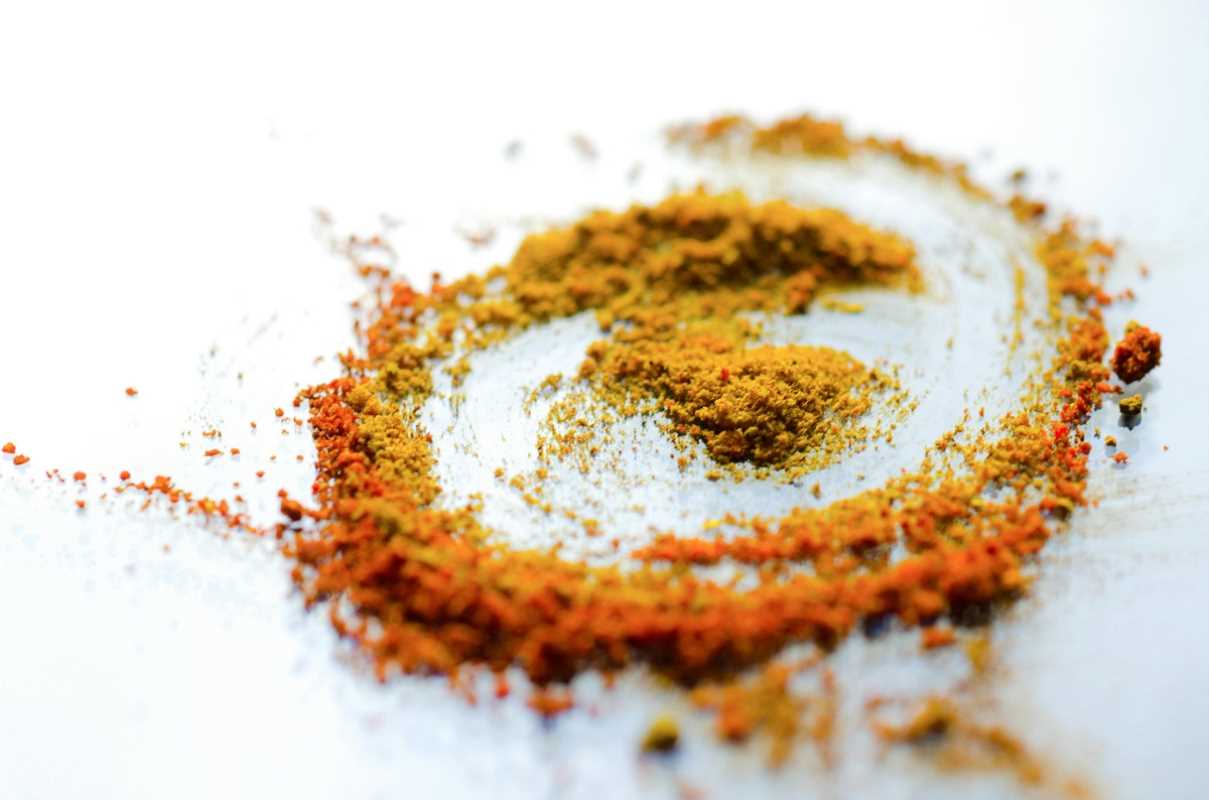 (Image via
(Image via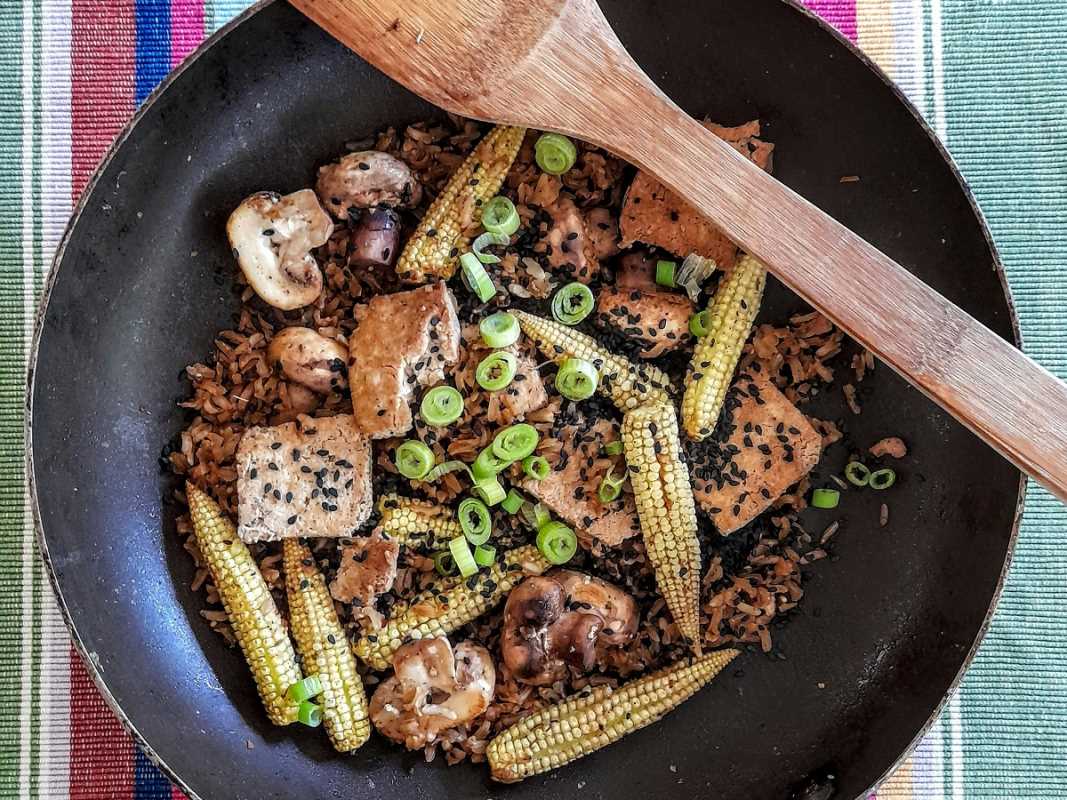
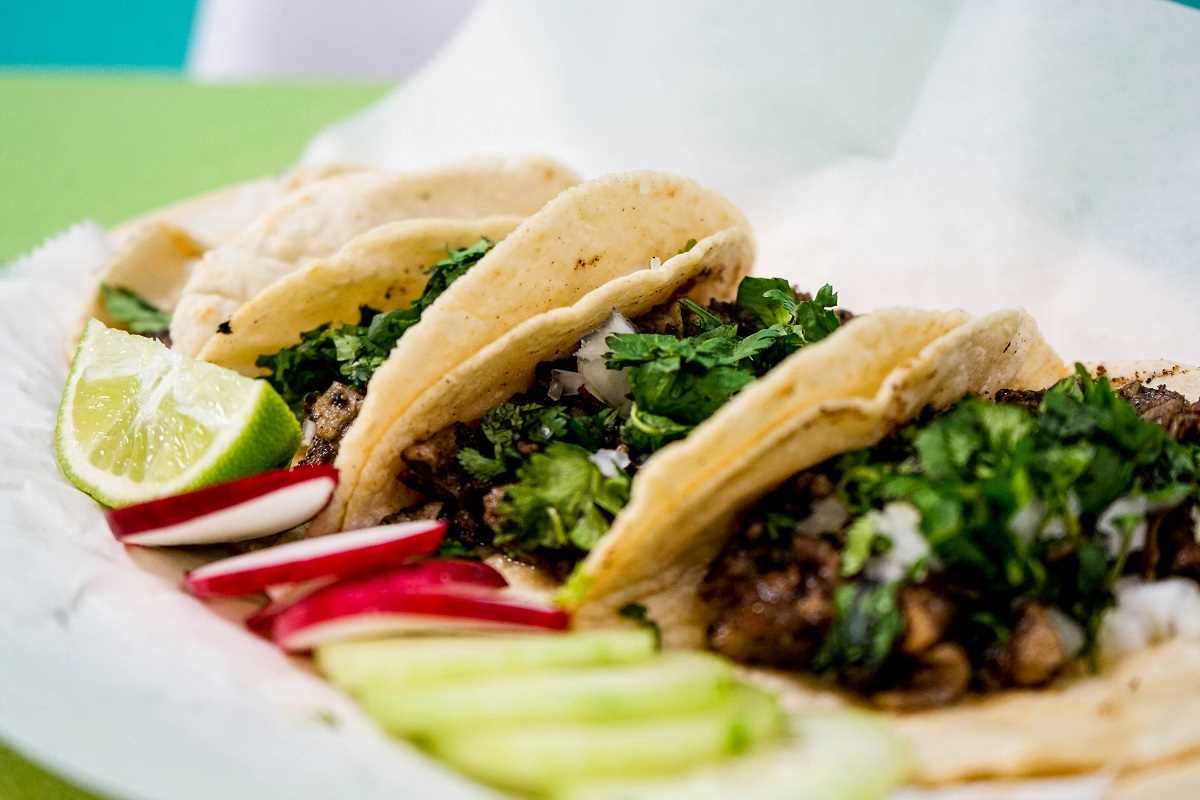
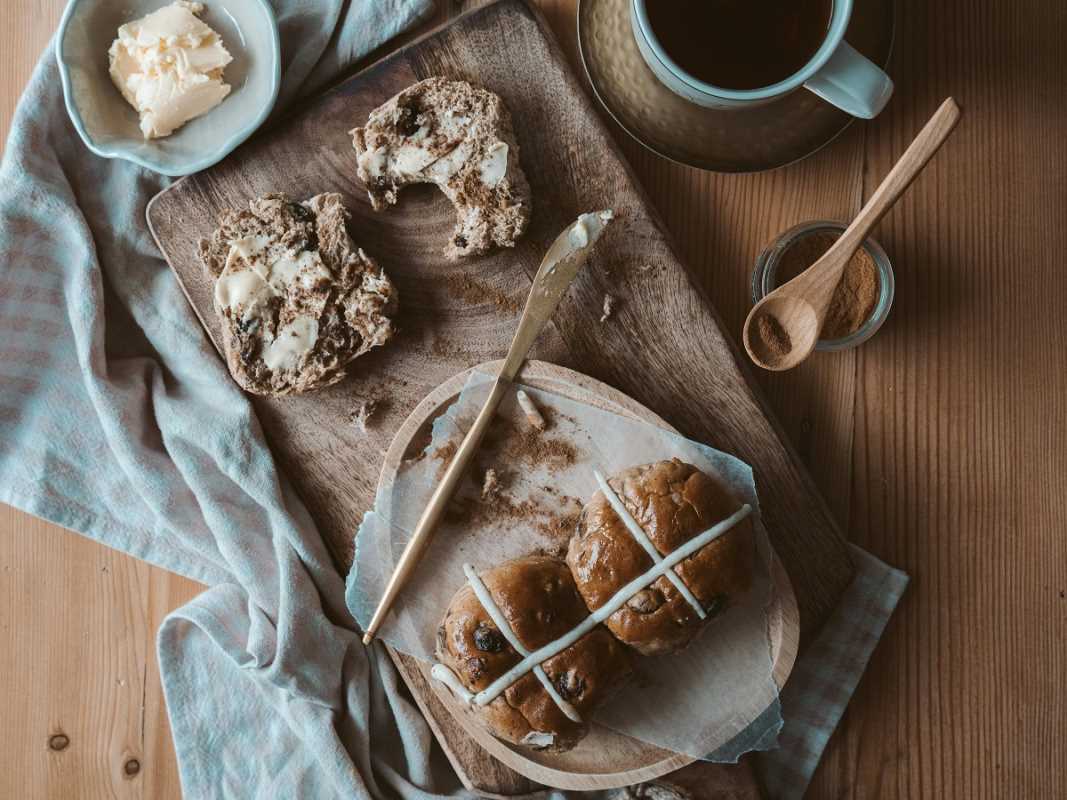


.jpg)
